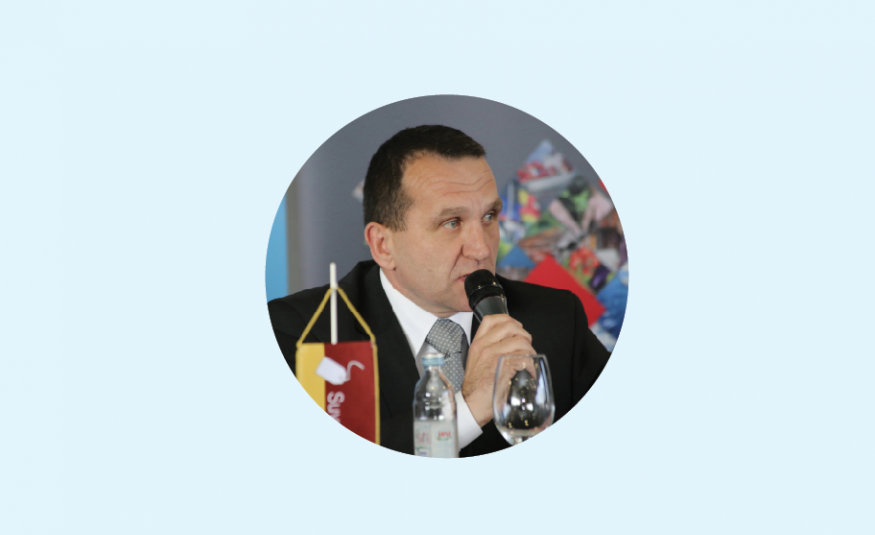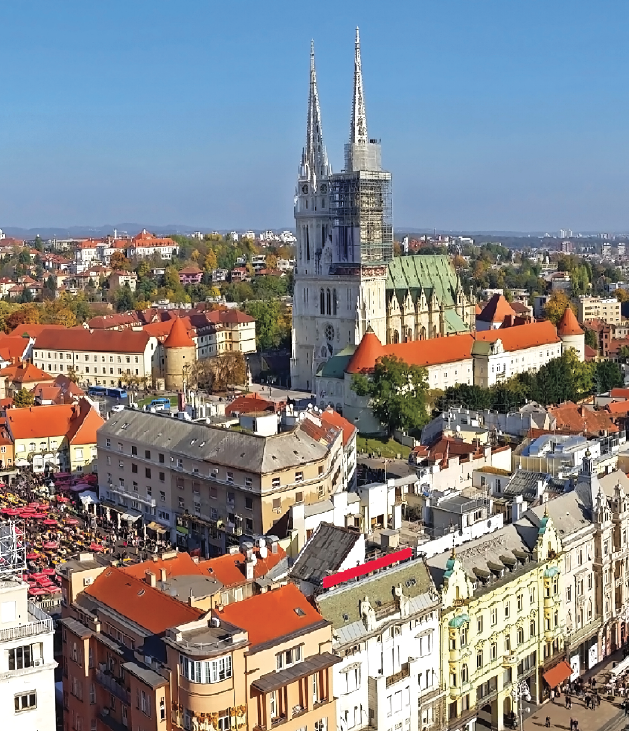Following years of contraction after the 2008 financial crisis, regional initiatives are making the CEE/South-Eastern European attractive to investors once again
The CEE/South-Eastern European region’s tradition of organising international trade fairs is well established. Zagreb and Ljubljana, for example, were among the founders of global exhibition association UFI when it set up shop in 1925, giving local entrepreneurs an awareness importance of trade fairs for internationalising their businesses.
But, while exhibitions in the CEE/South-Eastern Europe were hit hard in 2008, with some exceptions – notably Poland – the last few years have indicated an upward trend.
According Berislav Cizmek, managing director of the trade fair consultancy, broker and EU lobbying company CBBS, the region, mostly known for its construction/technical shows and trade fairs, is seeing expansion in agriculture, tourism, and renewable energy sources.
Cizmek points to the acquisition of Budapest venue and organiser Hungexpo by GL Events as a potential model for others in the region, however such acquisitions in the future would depend on aligning the expectations of present business owners with those of potential strategic partners or investors.
“In my opinion the international companies will be interested to acquire only trade fair business (events), and would expect that public owners to take care of the infrastructure and future developments/investments,” he says.
So what’s delaying privatisation in the region, given apparent interest from local operators and investors?
The region’s rebound from 2008 has been a bumpy one. Almost a decade after the crisis, trade fair companies in the South East European region continue to perform under pre-crisis levels which, as Cizmek points out, is not the best timing for starting negotiation about privatisation or strategic partnership.
Furthermore the more general South East European region’s ongoing recovery does not make local companies very attractive propositions for international trade fair companies, in terms of investment and acquisition.
And of course there is the fact that trade fair infrastructure in the region is not what could be referred to as state-of-the-art. Many venues need to be upgraded but due to crisis and lack of public funding resource, development of trade fair infrastructure has largely been postponed or even cancelled.
Nonetheless, now is a potentially good time for private investment, and for bigger picture reasons than rusty old venues, Cizmek argues.
“The EU accession of Croatia in 2013 and new EU candidate countries from this region (Albania, Serbia and Montenegro) are making this region attractive for foreign investors, while future infrastructure developments supported by EU money is creating new business opportunities for regional and international companies,” he explains.
Additionally, the EU’s recent Danube Strategy to connect and integrate 14 and create a market of more than 100 million people will help. “Trade fairs, conferences and other matchmaking activities can play a vital role in supporting this goal and further developments,” says Cizmek.
While European organisers typically look to Asia for their expansion, perhaps there is real opportunity emerging closer to home.







